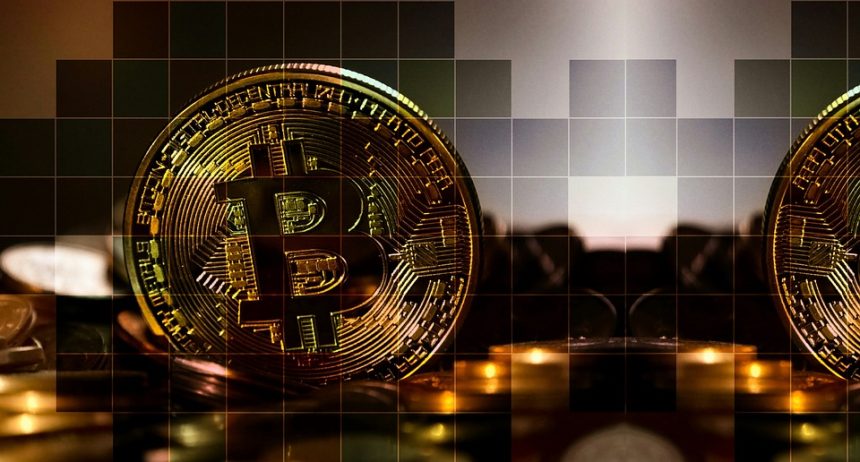Introduction
As the traditional financial system faces numerous challenges, from limited accessibility to exorbitant fees, a revolutionary shift known as Decentralized Finance (DeFi) is redefining what financial services can look like. At the heart of DeFi lies peer-to-peer (P2P) lending, a model that not only enhances the efficiency of lending and borrowing but also democratizes access to financial services for individuals, particularly in underserved populations. This article explores the mechanics of DeFi, its advantages over traditional lending systems, and the potential it holds for the future.
Understanding Decentralized Finance (DeFi)
Decentralized Finance encompasses a suite of blockchain-based financial services designed to replace traditional banks and financial institutions. Built primarily on Ethereum and other blockchain networks, DeFi leverages smart contracts—self-executing contracts with the terms of the agreement directly written into code—allowing users to interact directly without intermediaries.
The key components of DeFi include:
-
Smart Contracts: These facilitate automated transactions without needing intermediaries, ensuring transparency and trustworthiness.
-
Decentralized Applications (dApps): These applications run on a blockchain, allowing users to lend, borrow, and trade assets seamlessly.
-
Stablecoins: Cryptocurrencies pegged to traditional assets, offering stability in an otherwise volatile market, making them suitable for everyday transactions.
- Liquidity Pools: Collections of funds that users contribute to enable lending and trading, earning interest or fees in return.
Peer-to-Peer Lending in DeFi
P2P lending is the process by which individuals can lend and borrow money directly from one another through a DeFi platform, eliminating traditional banks from the transaction. Here’s how it works:
-
Borrower Requests Funds: Individuals seeking loans submit requests specifying the amount, interest rate, and loan duration.
-
Lender Reviews and Funds the Loan: Lenders can browse through requests, assess risks based on smart contract parameters, and fund loans that fit their investment criteria.
-
Smart Contracts Guarantee Terms: Once a loan is funded, a smart contract governs the transaction. It ensures that borrowers make timely payments and automatically distributes interest to the lenders.
- Return on Investment: Lenders earn interest on their loan, typically at rates higher than traditional banking systems offer, while borrowers enjoy access to capital without cumbersome processes.
Benefits of DeFi P2P Lending
-
Accessibility: DeFi platforms often require minimal documentation, allowing borrowers without traditional credit histories or those from underserved regions to access funds.
-
Lower Costs: By eliminating intermediaries, DeFi reduces fees associated with lending and borrowing, making the process more economical for both parties.
-
Transparency: All transactions occur on public ledgers, providing visibility into interest rates, borrower histories, and repayment statuses, fostering trust.
-
Ownership and Control: Users maintain control over their assets, with greater flexibility to choose rates and terms that suit their needs.
- Global Reach: DeFi platforms are available to anyone with an internet connection, transcending geographical barriers and providing services to a global audience.
Challenges and Risks
Despite its promise, the DeFi environment is not without challenges:
-
Smart Contract Vulnerabilities: Bugs in code can result in devastating hacks and loss of funds.
-
Market Volatility: Cryptocurrencies can fluctuate wildly, affecting collateralized loans and the overall ecosystem’s stability.
-
Regulatory Uncertainty: Governments worldwide are grappling with how to regulate DeFi without stifling innovation, leading to uncertain futures for many platforms.
- User Experience: While improving, the DeFi user experience lags behind traditional financial platforms, with complex interfaces and steep learning curves.
The Future of P2P Lending in DeFi
As the DeFi ecosystem matures, several trends are expected to shape the future of P2P lending:
-
Integration with Traditional Finance: We may see collaborations between DeFi platforms and traditional financial institutions, creating hybrid solutions that harness the benefits of both worlds.
-
Increased Regulation: As regulators aim for consumer protection without inhibiting innovation, clearer guidelines will likely emerge, fostering a healthier environment for DeFi.
-
Enhanced Security Protocols: Continuous improvements in blockchain technology will make P2P lending platforms more secure and resilient against attacks.
- Expansion of Lending Protocols: New models for lending, such as credit scoring based on decentralized identities and social reputations, will likely surface, making systems even more inclusive.
Conclusion
Decentralized Finance and peer-to-peer lending offer transformative opportunities for individuals and businesses alike, challenging the status quo of traditional finance. While the journey towards widespread adoption will not be without obstacles, the potential for increased accessibility, lower costs, and greater transparency makes DeFi a compelling alternative.
The revolution in financial services is unfolding, and as we move forward, the way we lend and borrow money could be fundamentally redefined by the principles of decentralization, sharing, and community. The question remains not just whether DeFi will succeed, but how it will shape the future of finance for generations to come.





